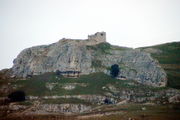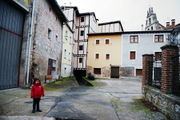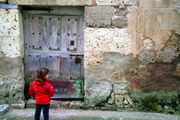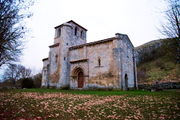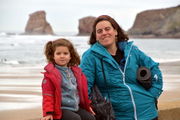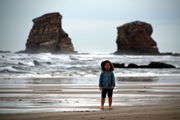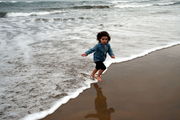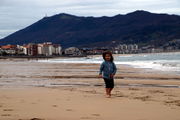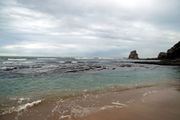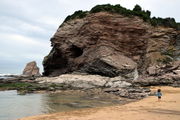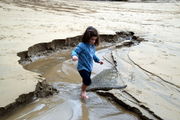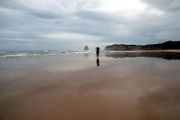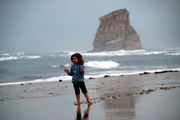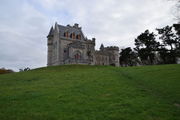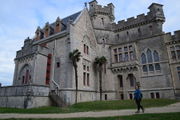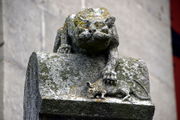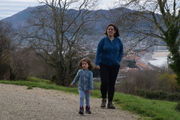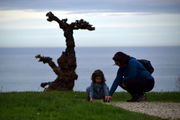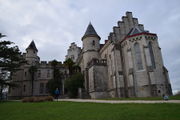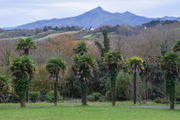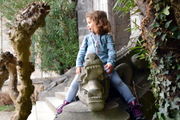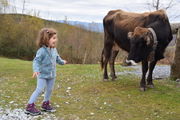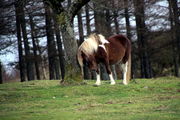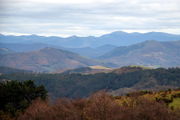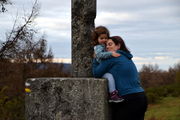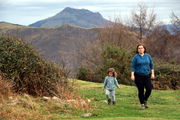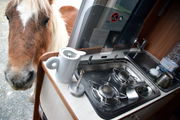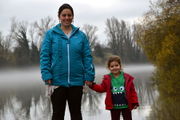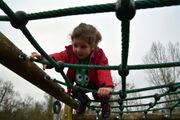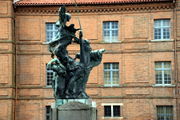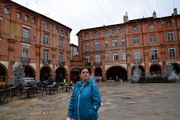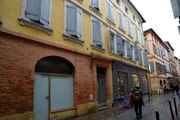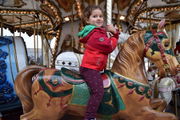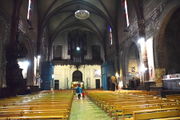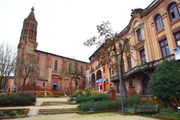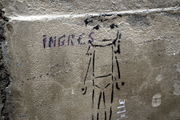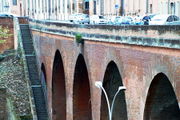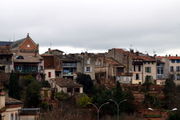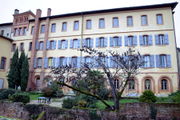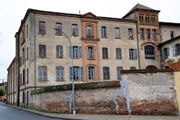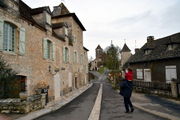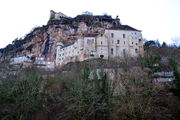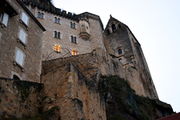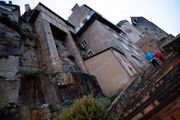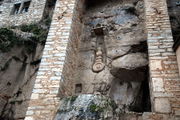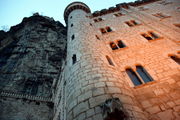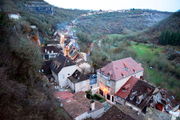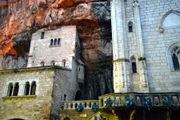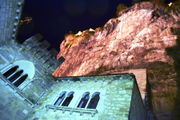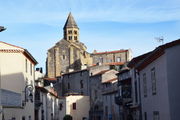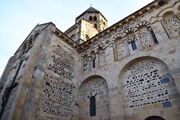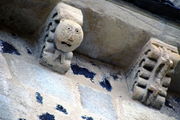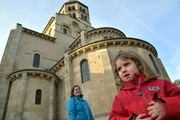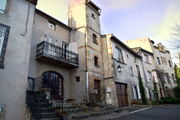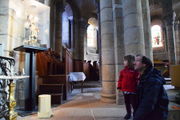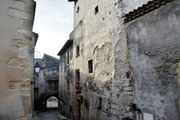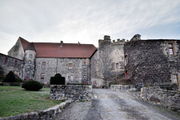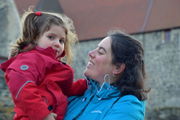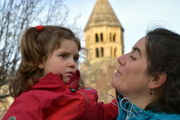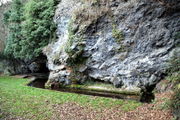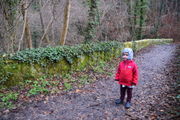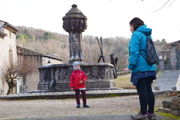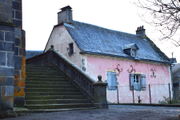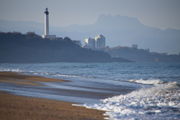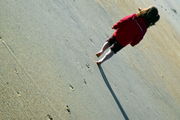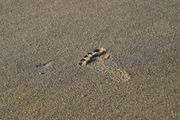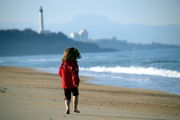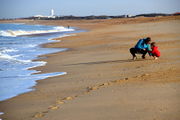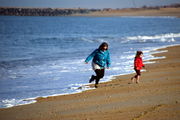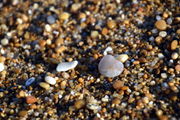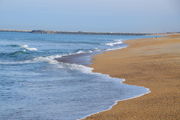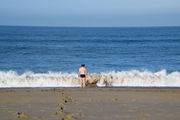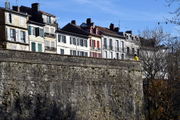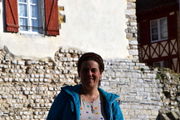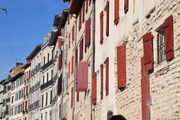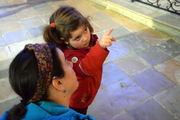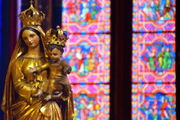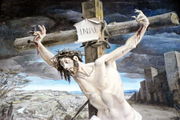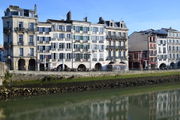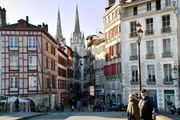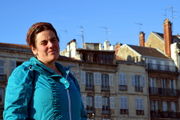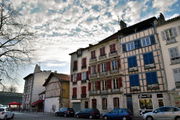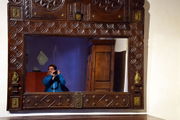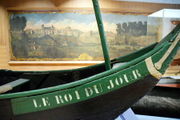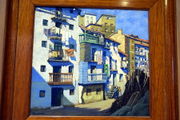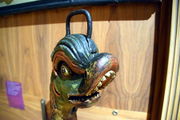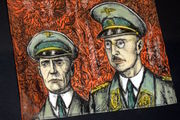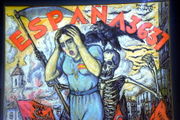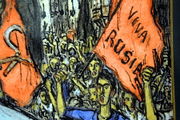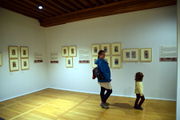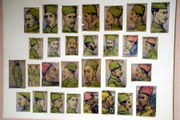m (→Plage des deux jumeaux (Hendaye)) |
m (→Saint-Saturnin) |
||
| Line 162: | Line 162: | ||
File:SaintSaturnin-26dec2018-13.jpg | File:SaintSaturnin-26dec2018-13.jpg | ||
File:SaintSaturnin-26dec2018-14.jpg | File:SaintSaturnin-26dec2018-14.jpg | ||
| − | File:SaintSaturnin-26dec2018-15.jpg | + | File:SaintSaturnin-26dec2018-15.jpg|With the [https://fr.wikipedia.org/wiki/Fontaine_de_Saint-Saturnin famous fountain of Saint Saturnin] (XVIth century). |
</gallery> | </gallery> | ||
Revision as of 11:15, 2 January 2019
Our inaugural campervanning trip:
Spain-France, Christmas 2018
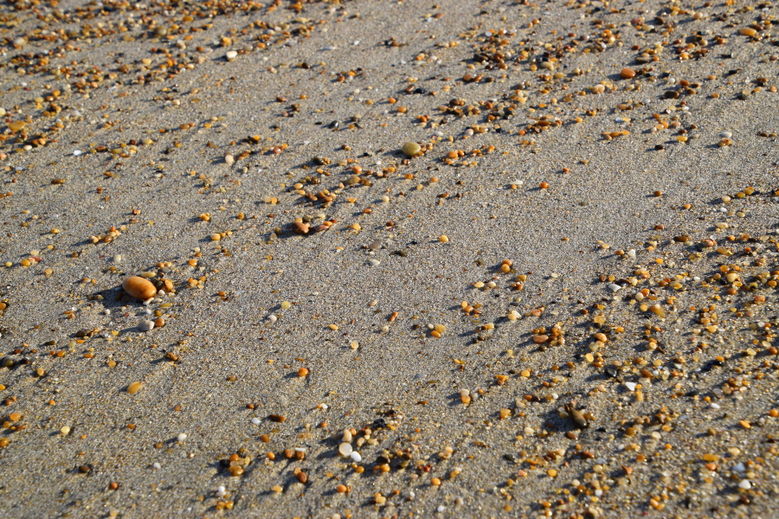
Contents |
Way in
- Tres Cantos—Monasterio de Rodilla, 245km, 2h18
- Monasterio de Rodilla—Hendaye plage, 211km, 2h25
- Hendaye plage—Pagogaña, 14km, 24m
- Pagogaña—Tarn, 379km, 4h56
- Montauban—Carlucet, 98km, 59min
- Carlucet—Rocamadour, 13km, 20min
- Rocamadour—Saint-Martin-de-Tours, 197km, 2h26
- Saint-Martin-de-Tours—Issoire, 57km, 1h05
Way back
- Issoire—Saint-Saturnin, 25km, ~20min
- Saint-Saturnin—Rochefort-Montagne, 35km, 37min
- Rochefort-Montagne—Aire de service Bordeaux-Cestas, 348km, 3h10
- Aire de service Bordeaux-Cestas—169km, 1h38
- Saint-Jean-de-Luz—Area de servicios Briviescas, 204km, 2h20
- Area de servicios Briviescas—Arenda de Duero, 128km, ~1h15
- Aranda de Duero—Somosierra, 67km, 36min
- Somosierra—Alcala, 93km, 53min
Monasterio de Rodilla
17h32-19h39 — Our first stop was conjectural, where we happened to be at the time where a coffee was very much wanting. Elena spotted a place of high-cultural interest, which happened to host one of the best examples of Spanish romanic art: the Ermita de Nuestra Señora del Valle.
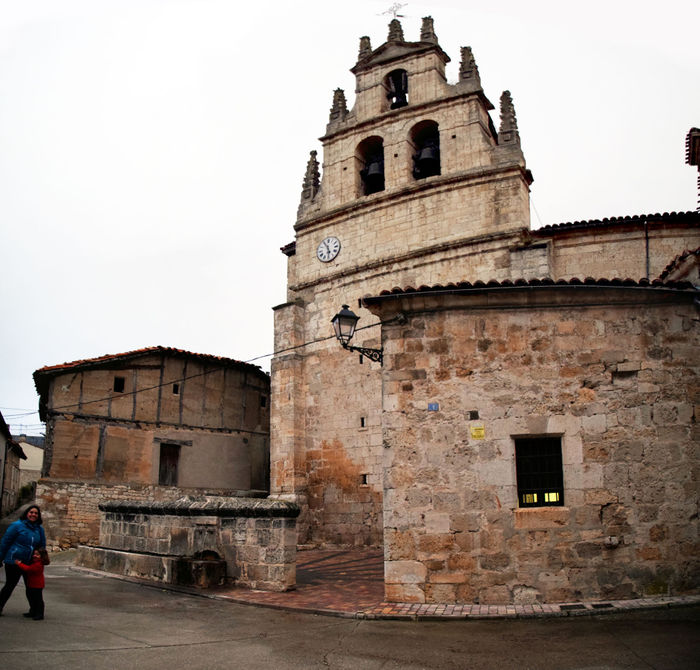
This was known as Tritium during the Roman era, a place where the autochthone Iberian tribe of Autrigones was located (according to the Antonine Itinerary, the book compiling the Roman roads). The village is peculiar, it has a stream that crosses through the houses. It also features the remains of a castle, high-perched on the mountains, which was as much out of reach for us as it used to be for the past generations when it was not a ruin. The village is also extended into several parts, with the main attraction, the Ermita, to be found at one extreme end. In between, the Santa Marina neighbourhood, also features a noteworthy (eponymous) church, although it was too dark for us to enjoy the building, but we spent some time with Julia making good use of its playground, which was quite a feast since a slide in the night is quite an intimidating sight, as Fabrice, who had to bring his company for the first try, can confirm. Not retained by the darkness, she even went down head first, the first time she tried such a variation of an otherwise familiar attraction. The activity was taking place under a beautiful full moon, swimming in a violet sky. After that, we headed directly for our first nightly stop, in France already.
Plage des deux jumeaux (Hendaye)
11h10-12h43 — We decided to spend our first night by the sea, just because we could! We parked in the Rue d'Élissacilio (whom this is named after, we don't know) in Hendaye, which is a few steps from the beach, known as the Plage des deux Jumeaux. Elena did her yoga while Julia and Fabrice explored the rightmost end of the beach, where the corniche Basque begins. They found some quicksands there.
Observatoire d'Abbadie
13h00-15h56 — After the beach, we went to visit the domain of the Basque Humboldt, i.e., Antoine d'Abbadie, an explorer who specialised in Basque and Ethiopian cultures. The castle he had built (by Violet le duc) on the Basque corniche (he used to own pretty much all of it in the area) is replete with details, carefully crated cultural references, symbols, etc., and is thus a delight to visit. It is literally a temple of exploration. Sadly the interiors cannot be photographed, so we can only show you the exteriors. They have an air of Neuschwanstein interiors (and he celebrated his wedding in Bavaria) but our guide told us there was no connection). They are bringing together both hard sciences (astronomy, this is officially an observatory) and religion (it has a chapel nicely and naturally integrating itself in the castle), as this one precisely one of his endeavours, to demonstrate scientifically the existence of God. This attempt alone shows how peculiar a character Antoine was. He attempted a delicate experiment to measure the refraction of the atmosphere by embedding a gigantic telescope (for the size of the tube, not of the lenses) cast in the castle itself, pointing at the iconic mountain la Rhune, which gives its best profile to the castle. This failed attempt brought the most delightful detail to the domain: the last hole got carved around it this Basque inscription: Ez ikusi, Ez ikasi. I saw nothing. I learned nothing. The other life-missions he pursued (Basque and Ethiopia) would similarly be regarded as equally fated by many, hence the little recognition such a greatly inspired and uniquely motivated explorer received, would it be not for his castle, which he donated to the Académie des Sciences, lacking any heirs despite a happy marriage.
It is a temple of exploration: the Basque country (one of the most interesting and curious places), Africa (same but distant), the sky, the ground, the ocean, and God.
Pagogaña
16h20-17h48 — On our way towards Issoire, trying to make a detour by the Basque Corniche, we were misled by the satnav into another landmark, which actually brought us back to Spain! Pagogaña, a mount by the cross of the deserter of Pio Baroja, inhabited by herds of Basque cattle. We had a coffee and a stroll around the old militar fortification there.
Montauban
We spent our second night on the banks of the Tarn, nearby Montauban. In the morning, after breakfast, we could enjoy the playground there (49min), before visiting the city (11h00-13h07). Unfortunately, we had a campervan accident there, tearing off the toilet-door in a narrow street full with obstacles, which we had to cross to reach the parking spot. To make it worst, Montauban is not really an enchanting city, even in Christmas. It looks quite sad and torn, even the church is like crumbling on itself. The musée d'Ingres was closed for repairs, and we couldn't really find any appealing place to eat (discovering one of the most precious assets of the campervan, not compelling you to eat at any random place, just because you have to).
Carlucet
15h21-16h38 — On our way to Rocamadour, we stopped in Carlucet, just because it looked so cute. We wanted to have a quick coffee but ended up spending quite a lot of time in this beautiful village. Even a random place is full of history, in this case, a nice case is made by the compilation of the local teacher, M. Meulet [1]
Rocamadour
16h58-19h46 — Rocamadour is a unique site. It is the 5th most visited touristic site in France, and has always attracted the interest of many people, including (as pilgrims) Roland de Roncevaux, Saint Louis, Blanche de Castille, Jacques Cartier (as a very small list). We have always wanted to visit, but never find the time. As a conclusion, we never go. We had no more time on this occasion but still decided to give it a try. We arrived quite late (captured by Carlucet) but this was still rewarding as the place was, surprisingly, virtually empty. We actually had to close ourselves the doors of the old Sanctuary!
Saint-Saturnin
15h02-16h14
With the famous fountain of Saint Saturnin (XVIth century).
Rochefort-Montagne
16h52-18h27
Plage de Bayonne
10h25-12h45
Bayonne
13h02-16h50
Musée Basque
Saint-Jean-de-Luz
~17h30-20h15

